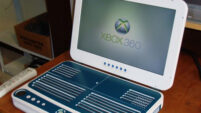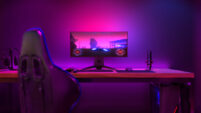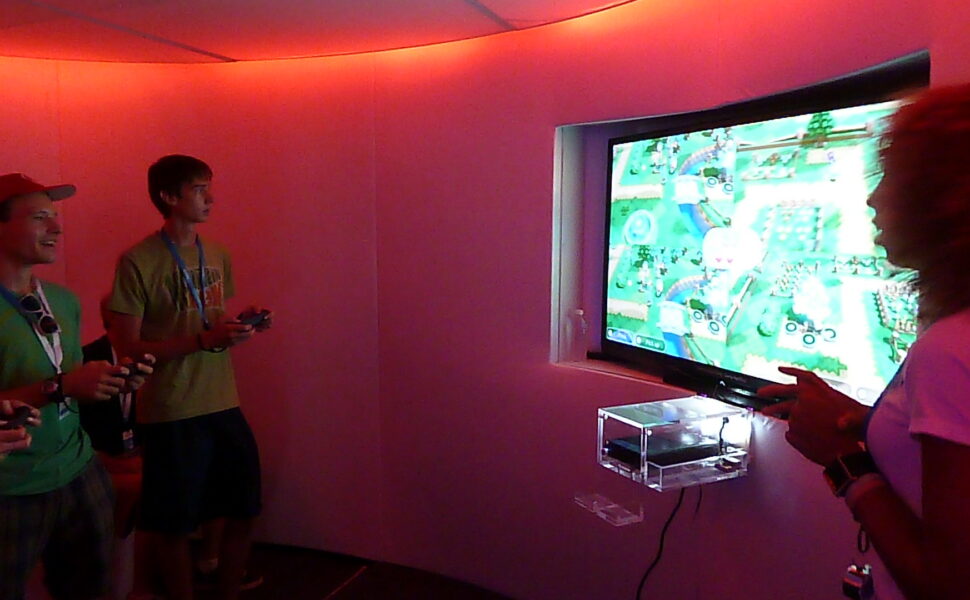
In the early days, Nintendo produces popular playing cards known as hanafuda cards. However, demand for these cards began to wane in the 1960s, so Nintendo branched out into other areas. For a while, they ran many businesses, including a taxi company.
In the 1970s, Nintendo developed into a video game company. They have since become one of the most powerful and influential gaming brands in the world. Nintendo began to produce computer game consoles en masse in the 1980s and remain enormously popular to this day. This process began with the Game and Watch handheld system in 1980. They were developed with the idea that people could whip it out and play in the go.
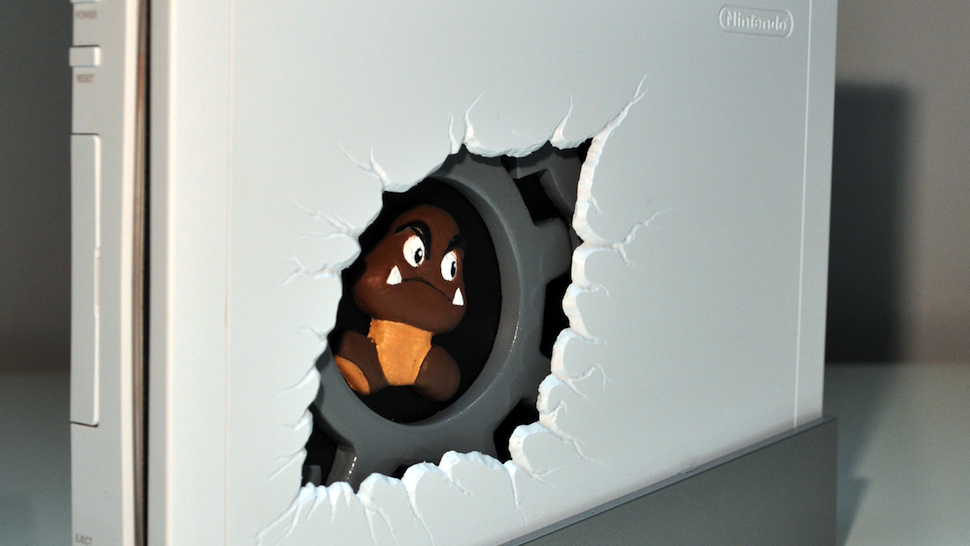
Over the years, Nintendo’s video game consoles have changed and evolved to adapt to the modern world. As a result, some consoles have remained popular and successful, whilst others have faded into obscurity. Along with Microsoft and Sony, they represent the Big 3 in the video game industry and enjoy fierce competition.
Nintendo’s capacity for change has allowed them to endure in the competitive gaming market. It has also meant that they’ve continued to produce trend-setting and pioneering products. So in whatever way the gaming world evolves, you can be sure that Nintendo will be a mainstay for years to come.
Nintendo Console History: A Legacy from Start to Finish
NES / Famicom
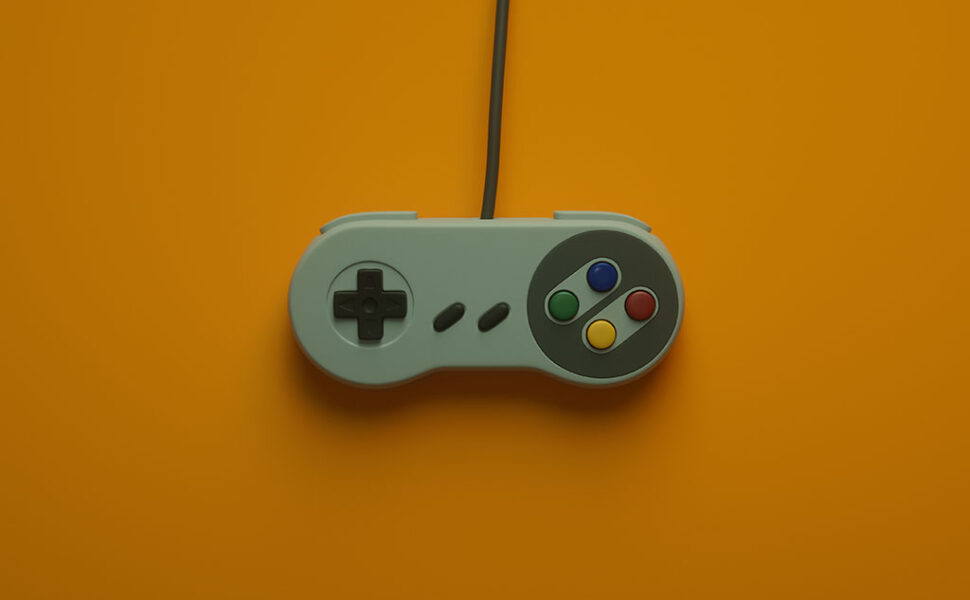
The Nintendo Entertainment System(NES) was Nintendo’s first crack at breaking the video game market. The NES (Also known as the Famicom in Asia) proved to be a hit and featured more than one thousand games. In addition, the 8-bit console brought some of Nintendo’s most iconic characters into the mainstream. Games like Super Mario Bros and Legend of Zelda ensured that the NES would pave the way for future glories.
Despite initial slow sales, the NES proved to be a worldwide smash hit, selling over 60 million units.
Game Boy

The Game and Watch was popular and put Nintendo on the map as a video game company. Many would say that it was the NES that cemented Nintendo’s status as a mainstream gaming console manufacturer. But it was, in fact, the Game Boy that took them mainstream.
The Nintendo Gameboy revolutionised handheld gaming. The influence and impact of the Game Boy are still felt to this day. To start with, Game Boy built its success around the addictive game Tetris.
The Game Boy has evolved over the years to become the Game Boy Pocket, Game Boy Color, Game Boy Advance, Nintendo DS and Nintendo 3DS. Each of these new Game Boy models had slight updates and modifications over the previous generations.
With the Pokemon franchise’s release, Game Boy cemented Nintendo’s legacy as a pop culture icon. Pokemon proved to be an overnight sensation and helped Game Boy blow its competitor, the Sega Game Gear, out of the water.
SNES
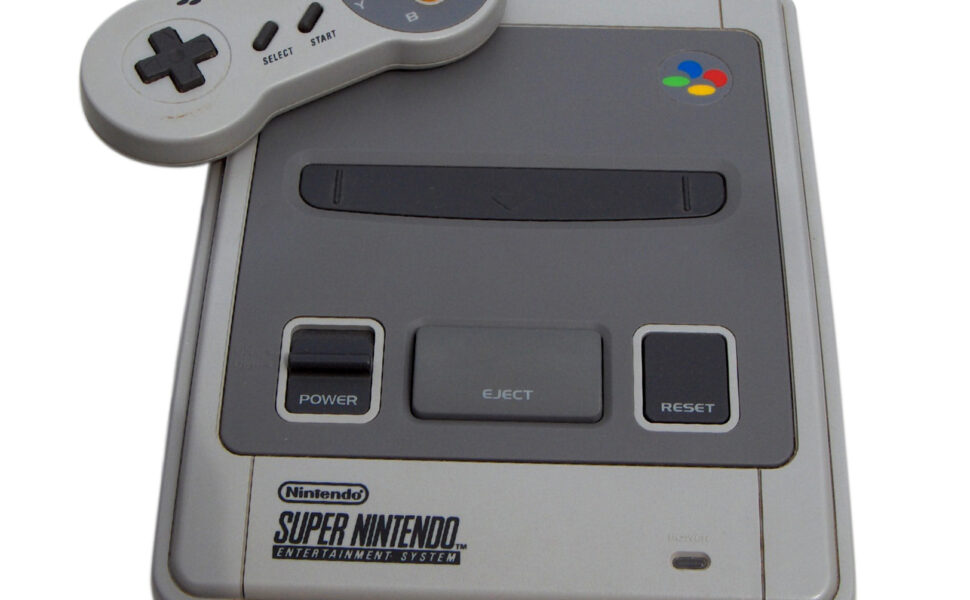
The SNES hit the market in the early 1990s and cemented Nintendo’s reputation as the leader in the video game industry. The SNES provided a vast catalogue of popular and ground-breaking games.
Propelled by the success of Street Fighter II, the SNES went on to become one of the best-selling consoles of all time. It helped Nintendo win the 16-bit war against fierce rivals Sega. And it continued to propel the Nintendo empire forwards.
The SNES remains popular today among retro fans and gaming enthusiasts. The games still circulate, and many of their most valuable video games have sold for hundreds even thousands of dollars.
Nintendo 64 (N64)

The Nintendo 64 arrived in 1996 and was a direct competitor of the Sony Playstation. The N64 proved popular, and the success of games like Mario 64 and Goldeneye helped Nintendo to shift over 30 million units.
Despite its success, the N64 had limits due to its use of cartridges. The Playstation used CD’s, which were cheaper to manufacture and could hold a lot more data. This led to some titles, such as the Final Fantasy series, switching over to Playstation.
Nintendo Gamecube
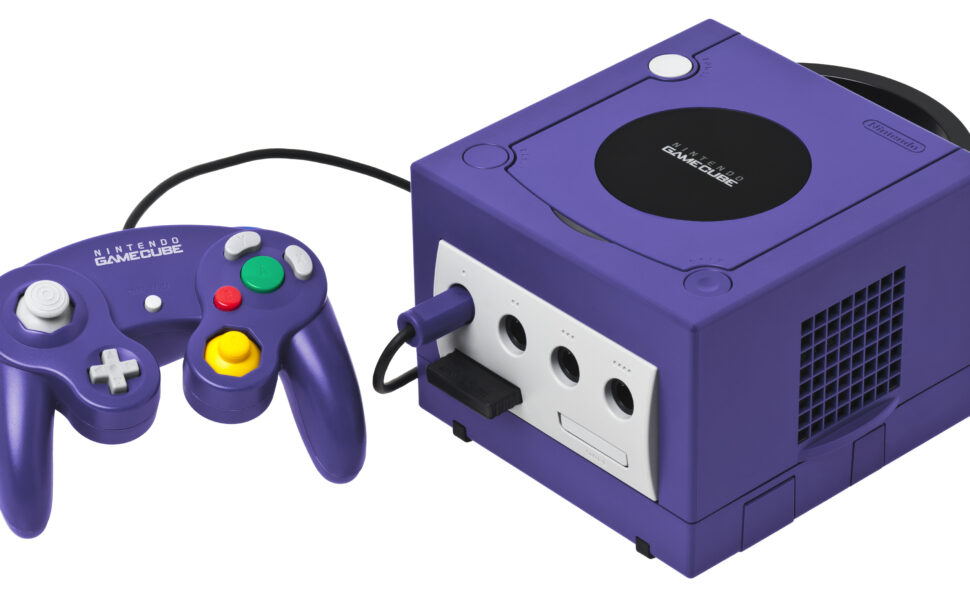
By the time the Game Cube arrived on the scene in the early ’00s, the world had changed. Sony’s Playstation had outsold the N64 and was still going strong. In addition, new and innovative games were coming out. And to top things off, Microsoft had just arrived on the scene with the X-Box, which was proving popular.
Nintendo was facing a tough market. They also had more dogged competitors than they had experienced with Sega in the nineties. So to add a unique selling point, the Game Cube came in an easy to transport ‘lunchbox’ type design.
Unfortunately, there were inherent problems with the Game Cube. It produced great games but didn’t sell as well as expected. This could have been due to several factors, including its flashy purple colour. In addition, the design of the controllers was appalling, and the games came on mini-CD. All this made the console clumsy and unattractive, and this seemed to dwarf the fine games produced.
They also suffered from a lack of third-party developers. The advantage Nintendo always had been a rich catalogue of games to choose from. But with the lack of third parties working on the Game Cube, titles appeared scarce and more than a little stale.
Nintendo Wii
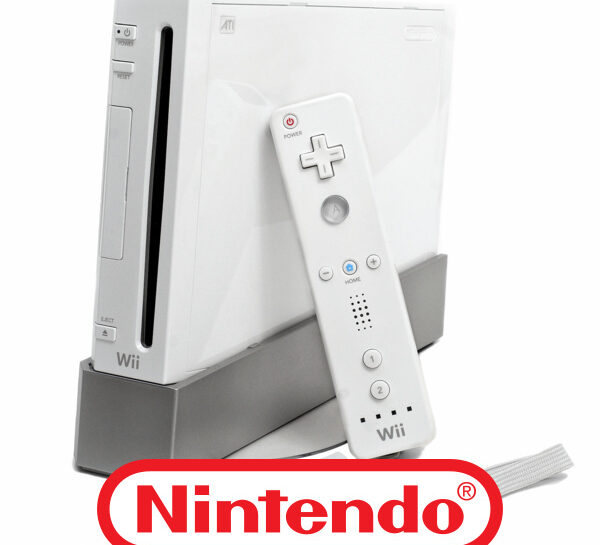
The most recent Nintendo model has been the Nintendo Wii. This has now evolved into the Wii U.
The Wii became one of the first interactive systems. It used a remote controller as a handheld, three-dimensional motion-sensing device.
The Wii revolutionised modern gaming with its different devices, such as a balance board. In addition, some games need the use of a belt that the controller slots into, allowing you to play the game hands-free.
One of the unique selling points of the Wii was its use as a fitness model. It implemented many interactive games that would allow the user to exercise whilst playing. Packages such as Wii Sports included games like bowling, golf and tennis. Users could play these games simulating the actions and movements if they were playing the sport.
Wii Fit also proved popular as it could be used as a keep fit regime. It would track your weight and exercise regime. It was a fun and gimmicky way of keeping healthy from the comfort of your front room.
Nintendo DS
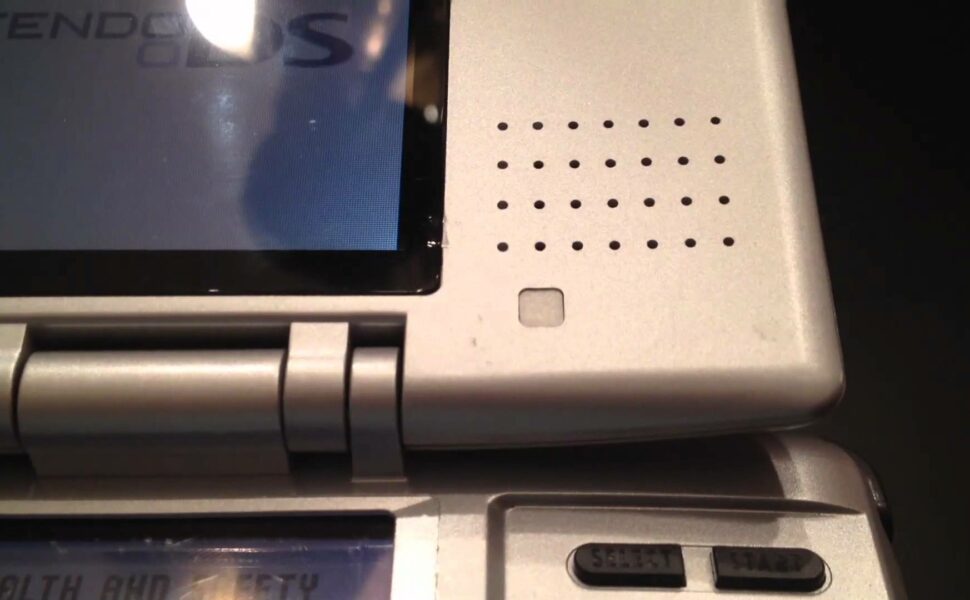
The Nintendo DS came out for sale in 2004, soon after the Game Boy Advance SP was released in 2003. The Nintendo DS adopted similar designs to the Advanced SP with the dual screenplay, then Nintendo extended the whole console to a new and fresh concept. The Nintendo DS was the first to release a screen with touchscreen abilities with the gyroscope capability for the games designed for it. Games like Cooking Mama and Super Monkey Ball adopted these mechanisms. Nintendo beat Sony to the race for this touchscreen and gyroscope mechanism by a year.
Although praised for its enhanced graphics for a handheld console, the main flaw was its bulky design. Nintendo took this criticism and brought out the DS Lite range.
After a few years, Nintendo innovated the gaming world by creating the 3DS range to game on the handheld console with a 3D screen. The Legenda of Zelda: Ocarina of Time was one of the first games to showcase this 3D gimmick. The size was not too much different to the DS Lite itself. Therefore Nintendo decided to create the 3DS XL range.
Another couple of years has passed. Nintendo is now bringing out their new range of the 3DS and XLs, where improvements have been made to improve the gaming experience; for example, an extra toggle/circle pad on the right-hand side all current console controllers have now. Also, one of the criticisms of the first 3DS was that the 3D view was difficult to use. Nintendo has rectified this problem by using the cameras and gyroscope to determine the angle that you are looking at the console.
Wii U

The latest gaming console was brought out by Nintendo in 2012. Nintendo was criticised that their consoles did not attract gamers attracted to the graphics and that their games were aimed at children and families. The Wii U was created to overcome some of the criticisms made. It came with a gamepad where a 6.2” touch screen was built-in like the screen from the DS range. The console can support 1080p HD graphics for the “better” graphics and those who came for the pictures themselves. Another perk of using the gamepad is playing the game via the console game pad itself. In addition, the television can be used to watch everyday television programmes.
However, it has been disappointing there have not been many games out since the release. The games that were supposed to be released has yet to be completed and be sold. However, this year at 2015 will be the year where the most anticipated games will be released like The Legend of Zelda HD (however, we do not know the complete title for this yet), Splatoon, Yoshi Woolly World and so on. Amiibos are also compatible with this console for the ease of character changing on games like Super Smash Brothers and Mario Kart 8.
Nintendo Switch

Despite promising us Zelda for Wii U release but never delivering, Nintendo took on the advice from disgruntled users of their earlier console, the Wii U. Released March 3, 2017, the Switch console today is one of the top-selling consoles around the world. During the start of the covid pandemic when countries were first going into lockdown, the Nintendo Switch was sold out almost everywhere, with demand driving prices up not just in shops but also on the second-hand marketplaces.
The rally in the Nintendo Switch price was created by two driving market factors; 1. A shortage of silicone worldwide in Taipai and 2. Increasing demand for consoles from consumers due to lockdown restrictions. Putting these facts aside, covid arguably helped to make the switch one of Nintendo’s most popular consoles to date.
